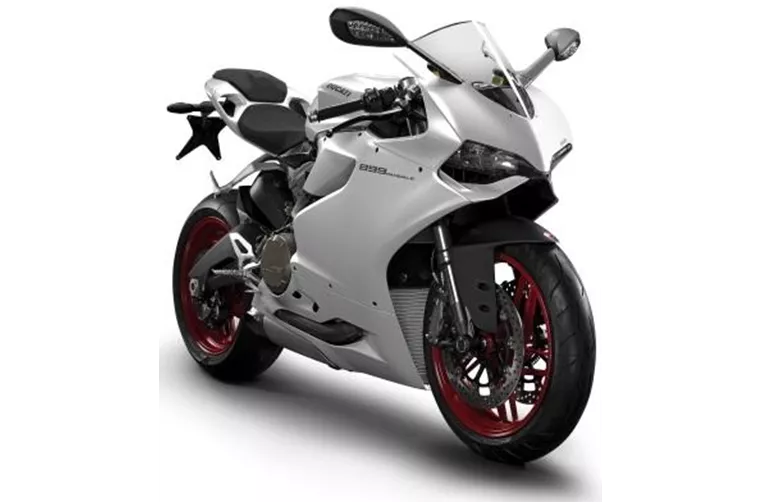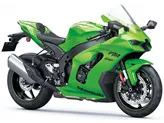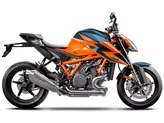Yamaha R1 2010 vs. Ducati 899 Panigale 2013

Yamaha R1 2010

Ducati 899 Panigale 2013
Overview - Yamaha R1 2010 vs Ducati 899 Panigale 2013
When comparing the Yamaha R1 model year 2010 and the Ducati 899 Panigale model year 2013, it is important to consider their technical specifications and strengths and weaknesses.
Starting with the technical specifications, the Yamaha R1 2010 has a bore of 78 mm and a stroke of 52.2 mm, while the Ducati 899 Panigale 2013 has a bore of 100 mm and a stroke of 57.2 mm. This means that the Ducati has a larger bore and stroke, potentially allowing for more power and torque. However, the Yamaha R1 2010 has a higher engine power of 181 HP compared to the Ducati's 148 HP. The Yamaha R1 2010 also has a higher torque of 115.5 Nm compared to the Ducati's 99 Nm. In terms of displacement, the Yamaha R1 2010 has a larger engine with 998 ccm compared to the Ducati's 898 ccm.
Both motorcycles have upside-down telescopic fork front suspensions and aluminum frames. However, the Yamaha R1 2010 has a Deltabox frame type, while the Ducati 899 Panigale 2013 has a monocoque frame type. This could potentially affect the handling and stability of the motorcycles.

Yamaha R1 2010
In terms of braking, both motorcycles have double disk front brakes. The Yamaha R1 2010 has an optimal braking system, while the Ducati 899 Panigale 2013 has an indirect braking behavior. This could mean that the Yamaha R1 2010 provides better and more direct braking performance.
Moving on to dimensions and weights, both motorcycles have a front tire width of 120 mm and a front tire diameter of 17 inches. However, the Yamaha R1 2010 has a wider rear tire width of 190 mm compared to the Ducati's 180 mm. Both motorcycles have a rear tire diameter of 17 inches. The Yamaha R1 2010 has a slightly shorter wheelbase of 1415 mm compared to the Ducati's 1426 mm. In terms of seat height, the Yamaha R1 2010 has a higher seat height of 835 mm compared to the Ducati's 830 mm. The Yamaha R1 2010 also has a larger fuel tank capacity of 18 liters compared to the Ducati's 17 liters.
Considering the strengths of the Yamaha R1 2010, it has a strong engine with a sophisticated engine character. It also has an optimal braking system and a comfortable seating position.
On the other hand, the Ducati 899 Panigale 2013 has a pleasant ride, even power delivery, and playful handling.

Ducati 899 Panigale 2013
However, the Yamaha R1 2010 does have some weaknesses. It has suboptimal suspension elements, low peak power, slightly weak traction, and a high weight.
Similarly, the Ducati 899 Panigale 2013 also has weaknesses. It has an indirect braking behavior and lacks a special punch.
In conclusion, the Yamaha R1 2010 and the Ducati 899 Panigale 2013 have their own strengths and weaknesses. The Yamaha R1 2010 excels in terms of engine power, braking system, and seating position. On the other hand, the Ducati 899 Panigale 2013 offers a pleasant ride, even power delivery, and playful handling. Ultimately, the choice between the two motorcycles would depend on the rider's preferences and priorities.
Technical Specifications Yamaha R1 2010 compared to Ducati 899 Panigale 2013
Pros and Cons in comparison
Pros and Cons in comparison
Yamaha R1 2010
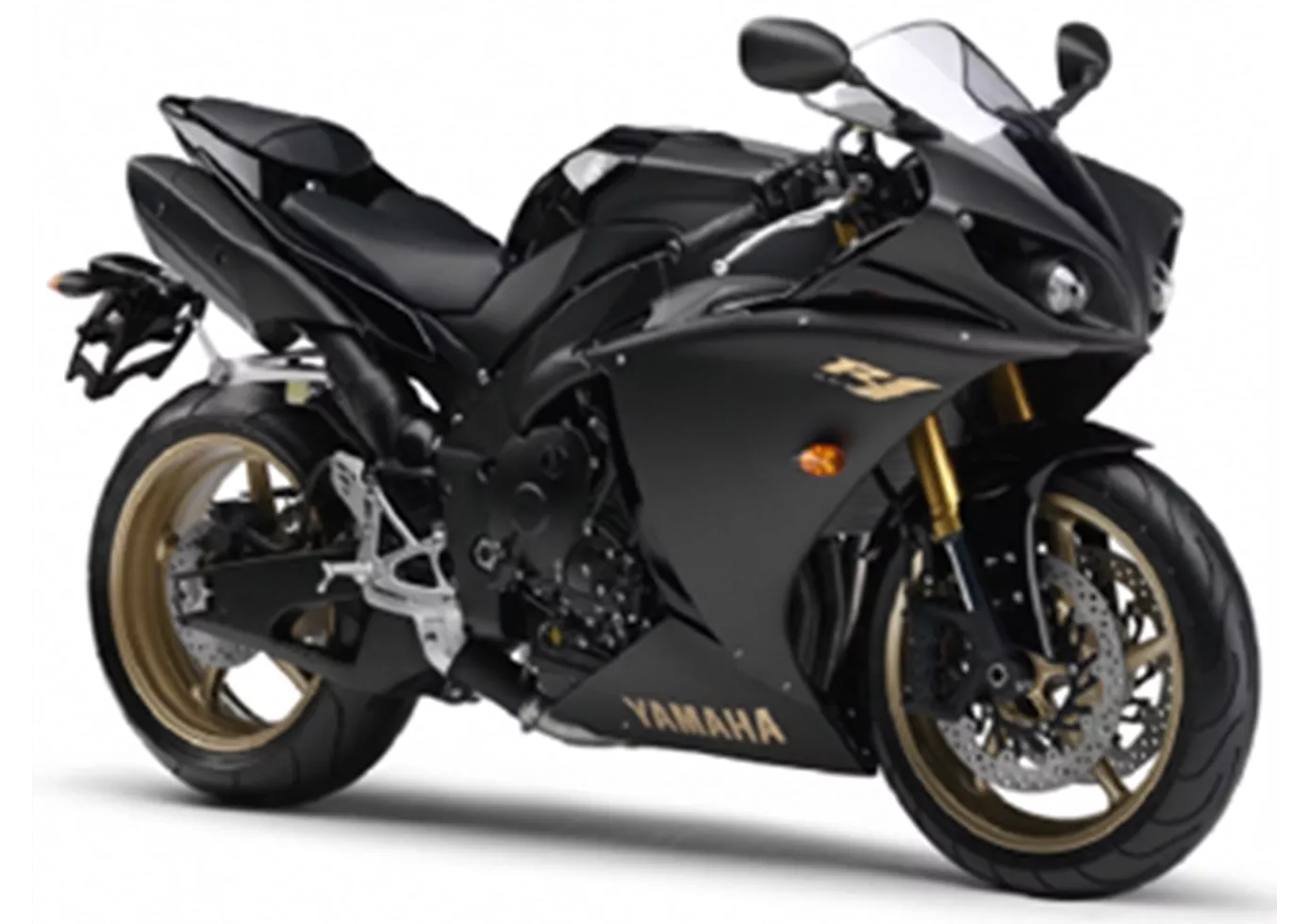
The current engine in the R1 scores points above all with its unmistakable sound, very transparent response and linear power delivery. In terms of peak power, however, Yamaha had to cut back a little.
Ducati 899 Panigale 2013
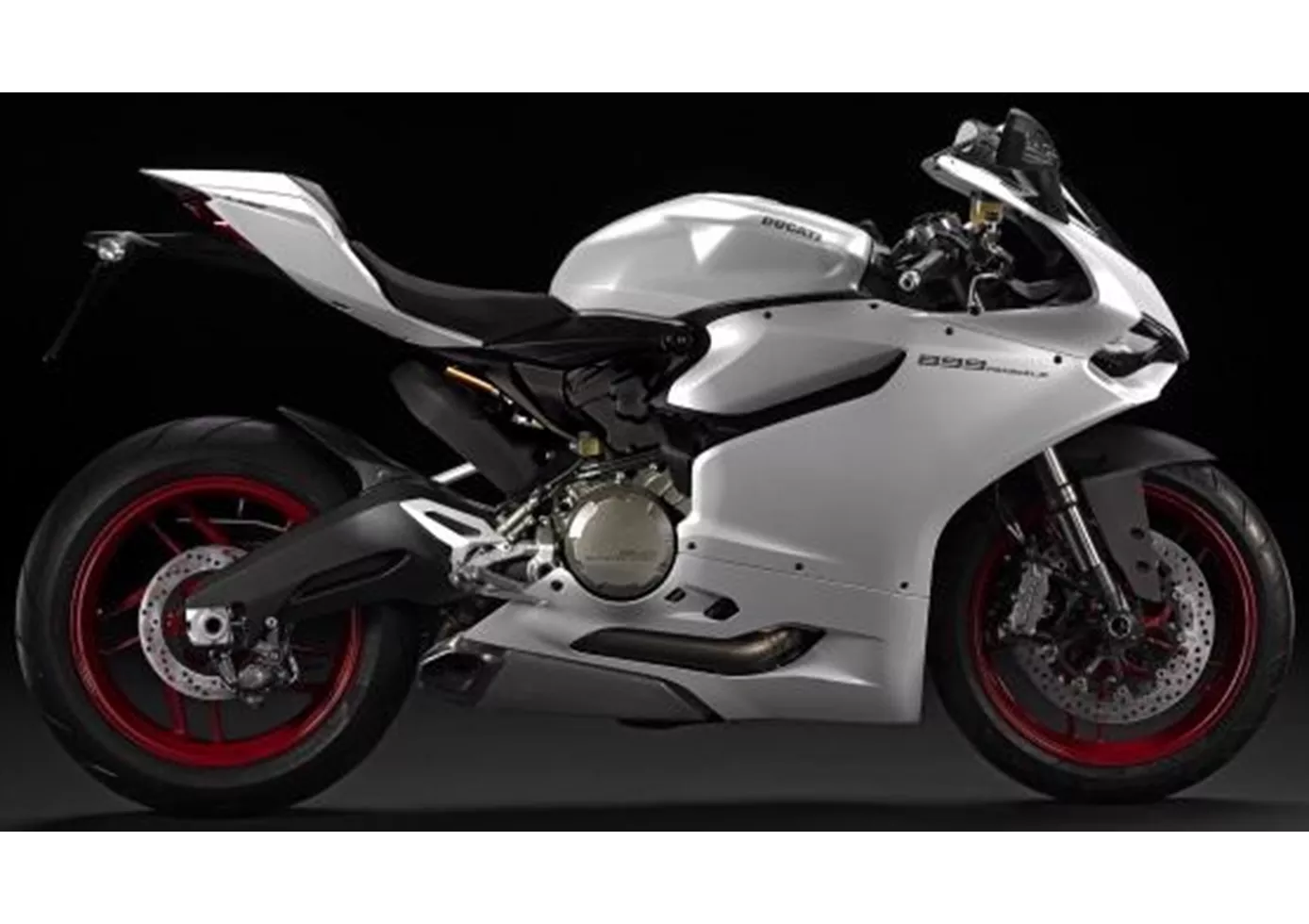
A real feel-good super sports car that combines racetrack performance and everyday suitability very well.
Price Comparison Avarage Market Price Yamaha R1 vs Ducati 899 Panigale
There are a few key differences between a Yamaha R1 2010 and a Ducati 899 Panigale 2013. There are the same number of bikes of both models available on the 1000PS.de marketplace, specifically 5. It takes less time to sell a Yamaha R1 with 53 days compared to 63 days for a Ducati 899 Panigale. Since model year 2005 1000PS.de editors have written 80 reviews for the Yamaha R1 and 3 reviews for the Ducati 899 Panigale since model year 2013. The first review for the Yamaha R1 was published on 4/28/2003 and now has more than 3,900 views. This compares to more than 11,900 views for the first review on Ducati 899 Panigale published on 9/10/2013.

